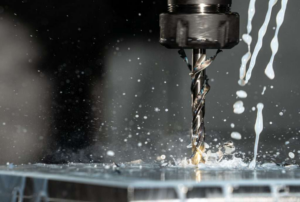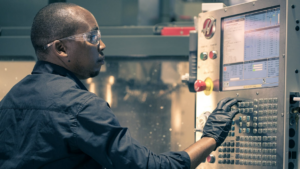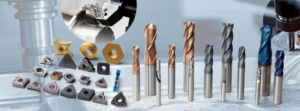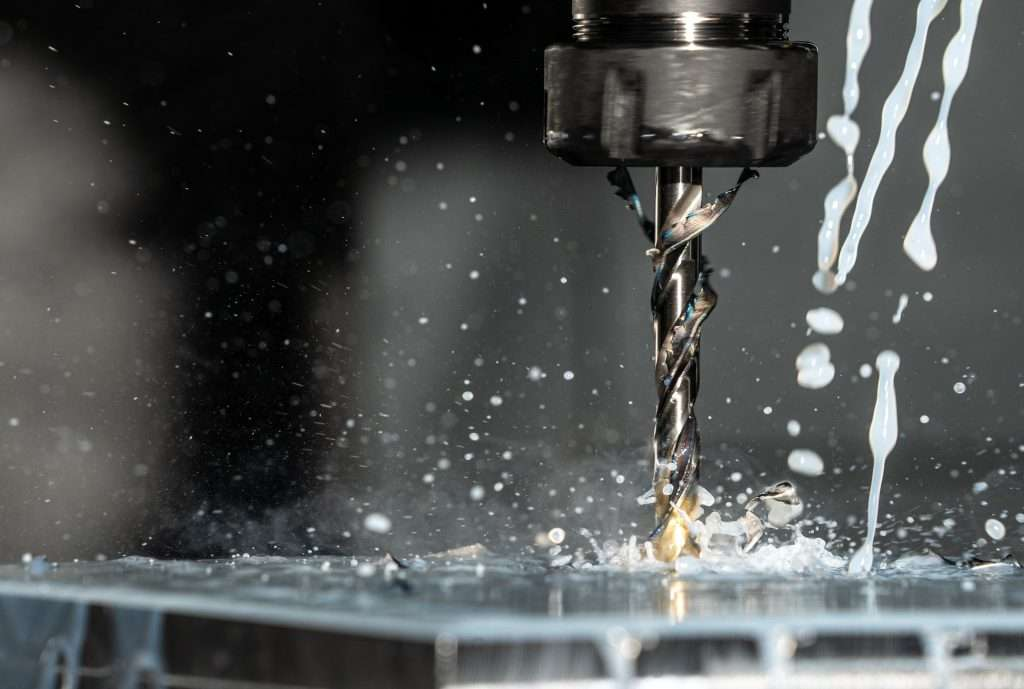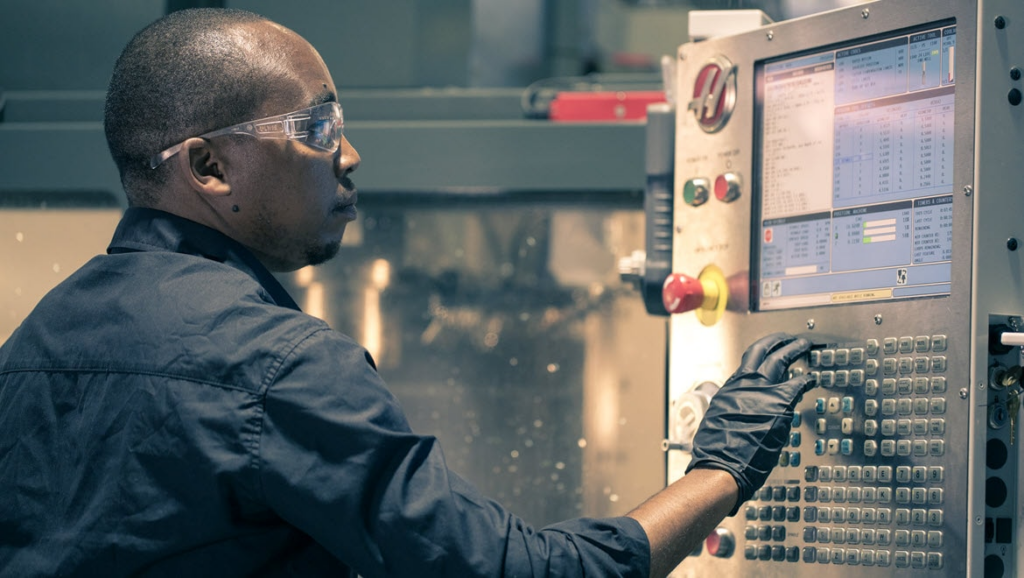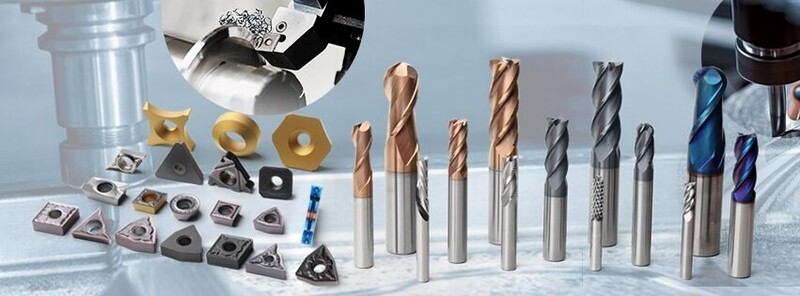CNC Programming: Concepts and Commonly Used Languages
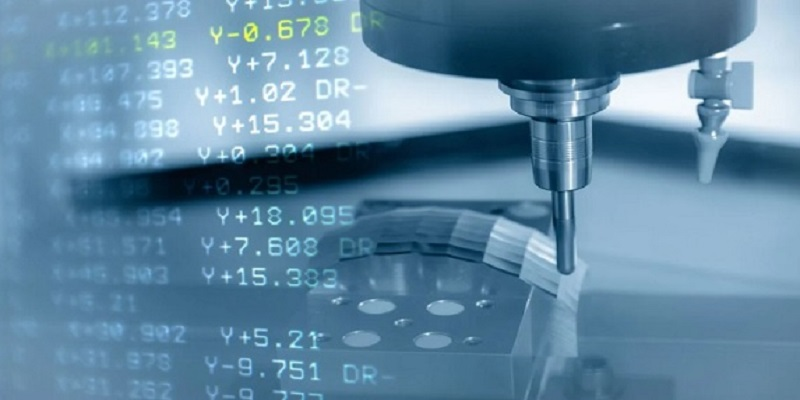
Computer Numerical Control (CNC) machining has revolutionized the manufacturing industry, enabling the production of highly precise and complex parts with ease.
At the heart of CNC machining lies programming, which dictates the movements and operations of the machine tools. In this article, we will explore the basic concepts of CNC programming and delve into the commonly used programming languages such as G-codes and M-codes.
I. Introduction to CNC Programming

CNC programming is the process of creating a set of instructions that a CNC machine can understand and execute. These instructions control the movement of the machine’s axes, the speed of the cutting tool, and other parameters to produce a desired part.
The programming is typically done using specialized software or by manually entering codes into the machine’s control panel. The main goal of CNC programming is to achieve high precision and efficiency in manufacturing.
By precisely controlling the machine’s movements, it is possible to produce parts with tight tolerances and smooth surfaces. Additionally, CNC programming allows for repeatable processes, ensuring consistent quality across multiple production runs.
II. Basic Concepts of CNC Programming
1.Coordinate Systems
In CNC programming, a coordinate system is used to define the position of the cutting tool and the workpiece. The most common coordinate systems are Cartesian (X, Y, Z) and polar. The Cartesian coordinate system uses three axes (X, Y, and Z) to define a point in space, while the polar coordinate system uses an angle and a radius.
2.Tool Paths
Tool paths are the paths that the cutting tool follows to remove material from the workpiece. There are several types of tool paths, including linear, circular, and helical. The choice of tool path depends on the shape of the part and the machining operation being performed.
3.Feed Rates and Speeds
Feed rates and speeds determine how fast the cutting tool moves through the material. Feed rate is measured in inches per minute (IPM) or millimeters per minute (MMM), while speed is measured in revolutions per minute (RPM). The appropriate feed rates and speeds depend on factors such as the material being machined, the cutting tool, and the machining operation.
4.Tool Compensation
Tool compensation is used to account for the size and shape of the cutting tool. There are two types of tool compensation: radius compensation and length compensation. Radius compensation is used to adjust the tool path to account for the radius of the cutting tool, while length compensation is used to adjust the tool length to ensure accurate machining.
III. G-Codes
G-codes are a set of standardized programming instructions that are used to control the movement and operations of CNC machines. They are also known as preparatory functions, as they prepare the machine for a specific operation. Some of the most commonly used G-codes include:
1.G00 – Rapid Traverse This code is used to move the cutting tool quickly from one point to another without cutting. It is typically used for positioning the tool before a machining operation. 2. G01 – Linear Interpolation This code is used for linear movement at a specified feed rate. It is the most commonly used G-code for machining operations such as milling and turning.
2.G02/G03 – Circular Interpolation These codes are used for circular movement at a specified feed rate. G02 is used for clockwise circular interpolation, while G03 is used for counterclockwise circular interpolation.
3.G20/G21 – Inch/Metric Units These codes are used to select the unit of measurement for the CNC program. G20 selects inches, while G21 selects millimeters.
4.G40/G41/G42 – Tool Compensation These codes are used to enable or disable tool compensation and select the type of compensation (radius or length).
IV. M-Codes
M-codes are another set of programming instructions that are used to control auxiliary functions of CNC machines. They are also known as miscellaneous functions, as they perform tasks other than movement and machining operations. Some of the most commonly used M-codes include:
1. M00 – Program Stop This code stops the program execution and requires the operator to manually restart the program. It is typically used for inspection or tool change.
2. M03/M04/M05 – Spindle Control These codes are used to start, reverse, and stop the spindle motor. M03 starts the spindle in the forward direction, M04 starts the spindle in the reverse direction, and M05 stops the spindle.
3. M06 – Tool Change This code is used to perform a tool change. It stops the spindle, moves the tool to a tool change position, and loads a new tool.
4. M08/M09 – Coolant Control These codes are used to turn on and off the coolant system. M08 turns on the coolant, while M09 turns it off.
V. Conclusion
CNC programming is a complex and essential process in modern manufacturing. At TOP Prototype, we recognize the significance of this process and have dedicated teams working on advanced CNC programming solutions.
Understanding the basic concepts of CNC programming and the commonly used programming languages such as G-codes and M-codes is crucial for anyone involved in the field.
TOP Prototype’s experts are well-versed in these languages and use their knowledge to create highly precise and efficient programs. By mastering these concepts and languages, machinists at TOP Prototype can create programs that produce high-quality parts.
As technology continues to advance, CNC programming will become even more sophisticated. TOP Prototype is committed to staying at the forefront of these advancements, enabling the production of even more complex and advanced parts.

